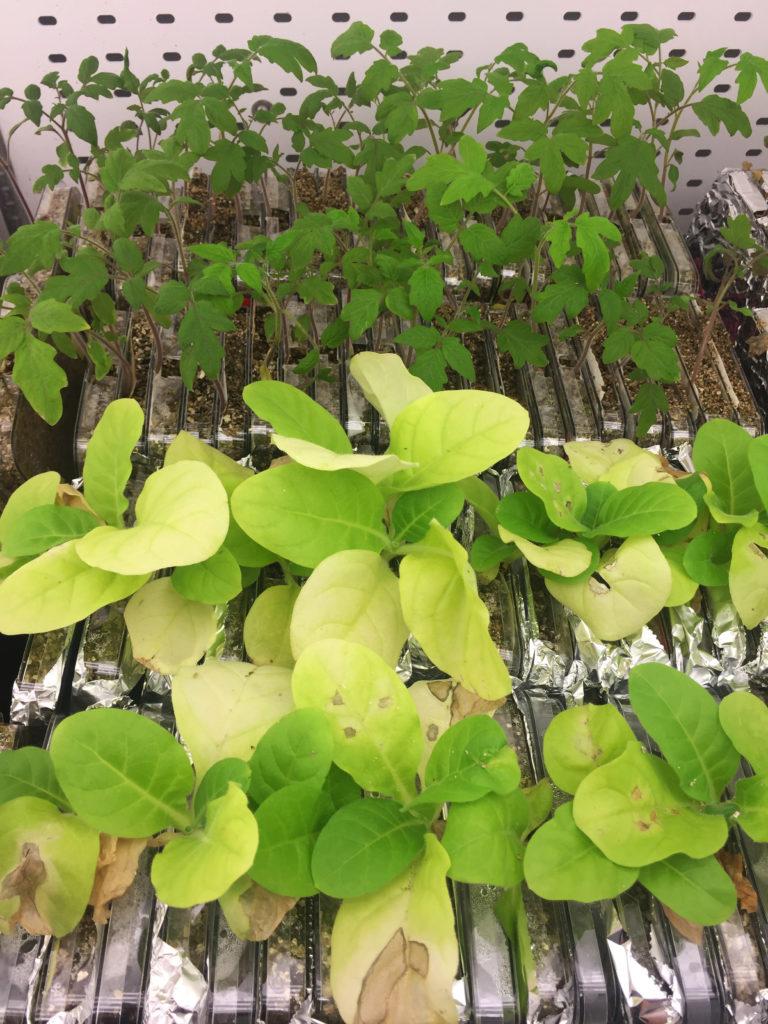
Lifecycle synchronization between parasitic plants and their hosts
The Broomrape family (Orobanchaceae) contains the worst agricultural weeds. While we know that many obligate parasites of Orobanchaceae rely on host-exuded molecules for their earliest development, it remains unknown how far lifecycle synchronization extends and whether it includes reproduction. This project analyzes the molecular evolution and function of gene complexes involved in flowering time regulation of Orobanchaceae. We will evaluate whether a shift from annual to perennial hosts, or vice versa, alters the life history preferences of the parasites. On the other hand, our experiments test whether the induction of flowering is an autonomous process in holoparasitic plants.
To this end, we carry out molecular evolutionary analyses to assess the selectional footprints in the parasites’ flowering time regulators in relation to their life history preferences. Using a custom bioinformatic pipeline, we extract the sets of functionally validated flowering genes from our genome and transcriptome data. The resulting gene and protein alignments are then subjected to molecular evolutionary analysis, for which we use branch-site random effects and trait-rate fusion models under the maximum likelihood paradigm.
To this end, we carry out molecular evolutionary analyses to assess the selectional footprints in the parasites’ flowering time regulators in relation to their life history preferences. Using a custom bioinformatic pipeline, we extract the sets of functionally validated flowering genes from our genome and transcriptome data. The resulting gene and protein alignments are then subjected to molecular evolutionary analysis, for which we use branch-site random effects and trait-rate fusion models under the maximum likelihood paradigm.
To this end, we carry out molecular evolutionary analyses to assess the selectional footprints in the parasites’ flowering time regulators in relation to their life history preferences. Using a custom bioinformatic pipeline, we extract the sets of functionally validated flowering genes from our genome and transcriptome data. The resulting gene and protein alignments are then subjected to molecular evolutionary analysis, for which we use branch-site random effects and trait-rate fusion models under the maximum likelihood paradigm.
Further, we use these data to design parasite-specific RNA-silencing constructs, which allows us to target different flowering pathways of the broomrape species Phelipanche ramosa and P. aegyptiaca via host induced gene-silencing (HIGS). Following a successful transformation of host plants like Arabidopsis, tomato, and tobacco, we monitor phenotypic changes in parasite flowering through rhizotron and pot assays.
Our combination of molecular evolutionary analyses of genes sets from a broad range of parasites and functional analysis promise to uncover the genetic mechanisms underlying the control and induction of parasitic plant flowering. This knowledge is likely to bring forward novel targets for parasitic weed management. Preventing the parasite from reproducing could help controlling its seed bank whenever an infestation was unavoidable.